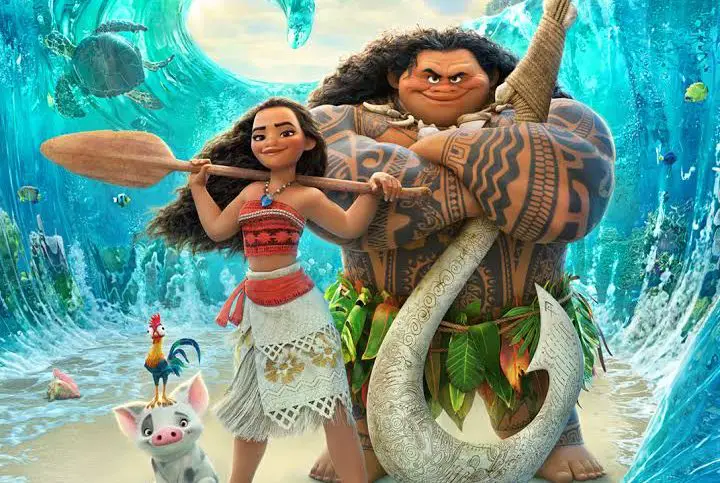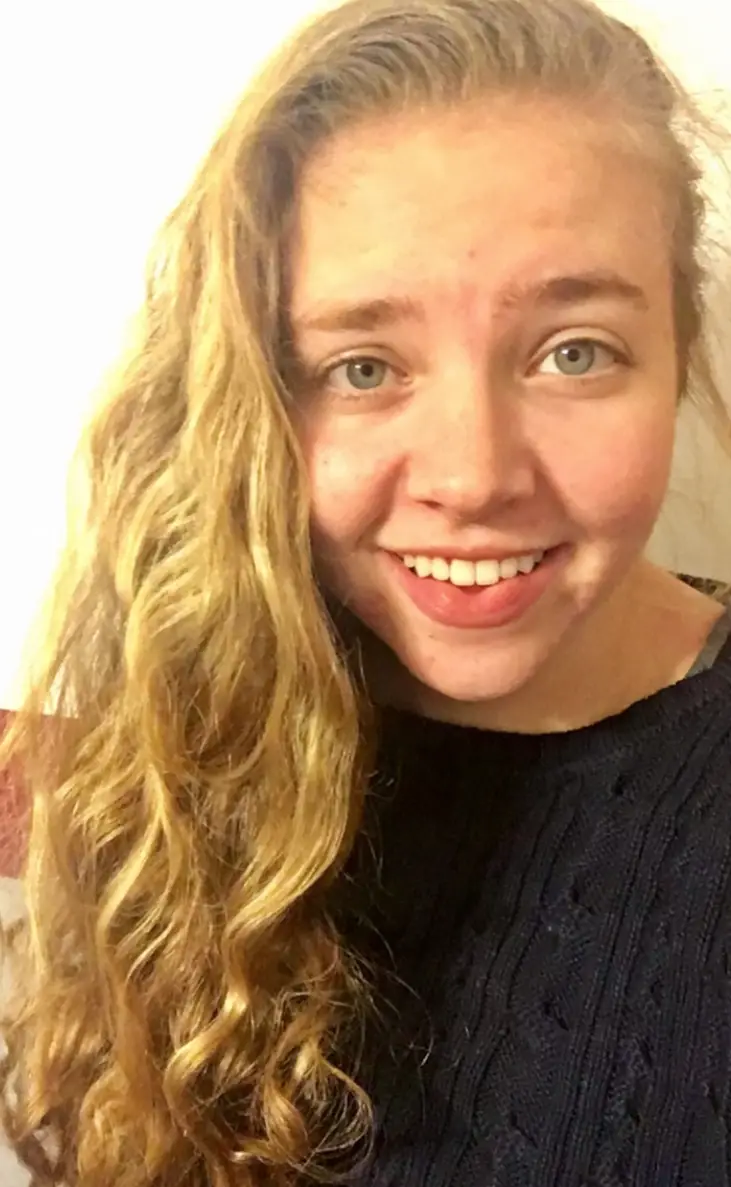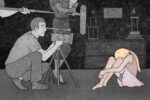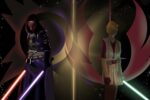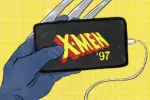In the last decade, Walt Disney Productions has produced several new Disney Princesses for both children and adults to enjoy. “Tangled,” “Brave,” “Frozen” and “Moana” all feature stronger, more independent heroines, marking a distinct break in tradition from the damsels-in-distress of the Disney classics.
Millennials spent their childhoods watching classic Disney princess movies on VHS for hours. Generation Z watched the same movies, albeit using the updated DVD versions. And, in the same way movie-watching technology has changed, so have the messages in the films.
From Walt Disney’s first film, “Snow White and the Seven Dwarves,” to the most recent production, “Moana,” princesses have gradually become more independent. Indeed, these new Disney princesses are fully capable of saving themselves and others.
The new films look starkly different from their first-generation ancestors, many of which portrayed the Disney princesses as dependent on men. For instance, while “Cinderella” is not Disney’s first princess creation, it is one of the most popular of the animations Walt Disney oversaw himself.
The classic film tells a story as old as Romeo and Juliet, but with fewer unnecessary deaths. A helpless girl meets a handsome prince; the guy falls in love with girl because she’s pretty; the guy rescues the girl and they live happily ever after.
After years of romanticizing the love story of Cinderella and Prince Charming, it’s no wonder that young men and women have, for decades, sought out their own version of a magical, fairytale romance. Indeed, even nowadays, many heterosexual couples still consider Cinderella and Prince Charming to be the height of “relationship goals.”
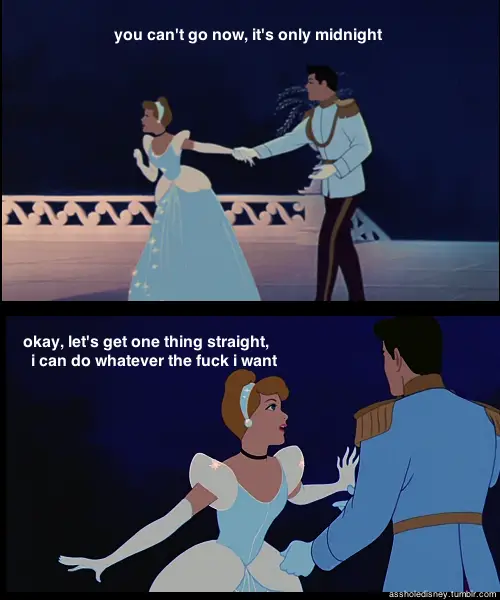
The Cinderella story has been reimagined in literally dozens of cinematic romances. Cinderella posts and references are the ultimate fodder for ideal Instagram posts. Girls want to be swept off their feet by a strong man who will shower them with love and walk down the aisle wearing a dazzling crown; guys want a beautiful girl who will be their princess and help them rule over their kingdom, even if their kingdom only exists on “Fortnite.”
When girls talk about what they want in a man, many say that they want a Prince Charming who will be their knight in shining armor. What they don’t dream of, though, is a Eugene Fitzherbert holding a frying pan or a Kristoff creating voices for Sven. Why not?
Many of the newer Disney Princesses challenge this ideal romance; if their films have any romance at all, the relationship between the princesses and their love interests tend to be more realistic and egalitarian.
In “Tangled,” for instance, Rapunzel spends the entire film on a journey to see the floating lanterns she dreamed about. Flynn Rider takes her to the capital, where they end up falling in love over a lake and a new dream.
He tries to be a hero and save Rapunzel from her “mother,” and gets stabbed for his troubles. He sacrifices his chance to live by cutting her magical hair, taking away her coveted gift. She then saves his life because of their true love and her magical tears.
Though the love story has the typical boy-saves-girl ending, Flynn Rider and Rapunzel do not fall in love at first sight. In fact, their relationship is the most accurately represented love story Disney has ever created; the two fall in love slowly after bonding throughout the course of the movie.

The only comparable love story among the Disney classics is that of the Beast and Belle, who needed an entire movie to realize that they loved one another. However, considering that the Beast kept Belle as a prisoner in his castle, there were some issues with the gender politics of that movie.
Flynn and Rapunzel, on the other hand, bonded over the struggles that they overcame together, including his past as a thief and her life as a prisoner in her tower.
Each princess in this new era of Disney removes herself more and more from the old idea of the damsel-in-distress. While Tangled subverts the stereotypical fairytale romance with Flynn and Rapunzel’s relationship, many of the other new movies have no romance at all. Instead of finding their prince, the heroines of these movies find their place in the world as independent women.
Take Merida from “Brave,” for example. The entire movie centers on Merida fighting to pick her own fate, instead of trapping herself in an unwanted marriage with a boy she hardly knows. She defies her parents, shoots a bullseye for her own hand in marriage and becomes heir to Dunbroch.
Merida embodies the belief that it is okay to sort your life out first before getting married. Modern society has seen a rise in young people who want to chase their own dreams before finding a significant other and starting a family.
The classic Disney movies pushed the idea that finding your soulmate was all anyone could hope for in life, but “Brave” showed viewers that finding one’s own purpose in life is just as important as falling in love.
This was a drastic improvement over the lessons taught by the older Disney movies. For many girls, especially those who constantly hear that their worth as a person depends on their ability to find a husband, it was refreshing to see a movie that refuted the old stereotype.

While “Frozen” does have romance, unlike “Brave,” it tackles many of the stereotypes created by the classic Disney films. For example, the film challenges the idea of a perfect Prince Charming.
When Anna meets Prince Hans, he seems like a perfect “Prince Charming” — polite, elegant and handsome. They fall in love almost instantly and he proposes to her after a single sappy love song. However, Elsa does not give her blessing on the union and questions how they could be in love after just one night.
Like any sheltered and romantic teenager, Anna does not realize that her love for Hans is not true love but infatuation. Elsa has the realistic idea of love, while Anna still believes in traditional Disney love.
When Hans betrays Anna and attempts to kill Elsa, Anna realizes her mistake and attempts to rectify the situation. At the very end of the movie, she asserts her independence from Hans by punching him into the harbor.
In addition, there are many fan campaigns that want Disney to portray Elsa its very first LGBT princess — or in this case, Queen. Because of Elsa’s lack of a male love interest, Disney could give her a female significant other.
LGBT people were shunned and ignored in the era of Disney’s first films; however, in today’s society LGBT characters are growing more and more common as the LGBT+ community gains recognition. In addition, Elsa could provide a relatable character for LGBT+ individuals who struggle to find representation in the media.

The newest Disney Princess to hit theatres was Moana from the movie of the same name. Moana is the daughter of the chief on the island who dreams of being a voyager. However, her father has forbidden the islanders from going past the reef surrounding the island.
Moana dreams of rebelling against her father and leaving the island for years; when the fish in the water surrounding the island begin to disappear, she finally gets her chance. She sails off alone on a quest to find Maui, a demigod who stole the heart of Te Fiti, so that they can save the island.
Out of all the recent Disney movies, “Moana” stands alone because there is no mention of a romantic relationship. Moana is on a quest to explore the ocean and save her people; there is no prince in the movie, Charming or otherwise. Even Merida had the opportunity if she wanted it, but Moana doesn’t even have that. She doesn’t need the distraction of a relationship when her people are at stake.
Rapunzel, Merida, Moana, Elsa and Anna all have challenged the way that Disney himself illustrated and portrayed his princesses. With Snow White and Cinderella, Disney envisioned beautiful damsels who needed to be saved from a terrible evil.
Today’s Princesses have not only shed their damsel attitudes, which involves waiting for someone to save them, but have become the heroes of their own story and have found a way to save themselves.
Disney Studios has begun creating realistic and empowered princess characters, inspiring a new wave a merchandise and costumes for every aspiring royalty. However, Cinderella and Prince Charming are still the relationship goals of many couples.
There are no social media posts about a Eugene Fitzherbert taking them on romantic dates fulfilling their lifelong dreams, but many girls dream of a Prince Charming sweeping them off their feet.
The change in romantic goals might occur over time as the children born in the last decade begin dating. For many of today’s young girls, the first Disney princesses they saw were not Snow White and Cinderella, but Rapunzel and Merida. Soon enough, the Cinderellas and Prince Charmings might become Flynn Riders and Rapunzels.


